Why Water and Soil are just as Important.
The world has become fixated on Carbon; emissions are the problem, so removal is the solution. This is, unfortunately, an over-simplification of the troubles we find ourselves in; we have Carbon-Tunnel Syndrome. We think we have to find a way to ‘fix’ the carbon problem, then all will be well. We even think we can do this with technology, building vast sequestration machines. Truth is, we already have the answers, we just won’t give up our addictions to make the necessary change happen.
Carbon is not the ENEMY, we’ve just put it in the ‘wrong’ place.
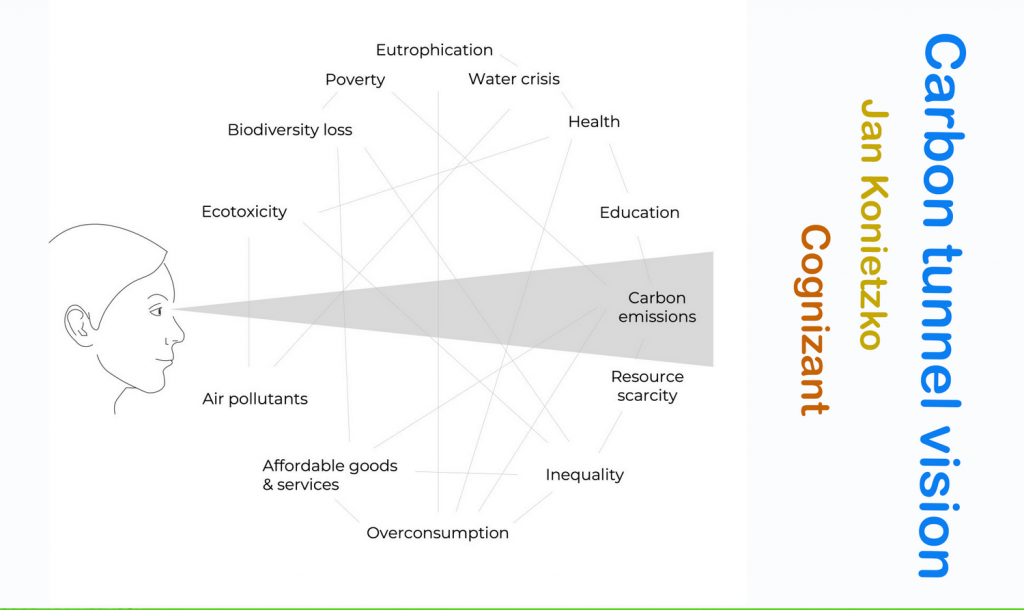
Carbon is not the problem, just a symptom. Carbon cycles within the planetary system and like water, doesn’t leave the Earth’s biosphere (which is mostly a closed system, except for energy gains and losses). What we have done is to disrupt the storage and cycling of carbon and water, so there is too much or too little where needed for systemic balance. Carbon is not the enemy.
Whilst we need to reduce the amount of CO2 in the atmosphere, it is how we do it that is critical, and we are looking in the wrong place for answers. Certainly, solutions do not lie with new technology, they don’t even lie (exactly) in planting millions of trees. Instead we need to understand that it is the loss of healthy soil and local hydrological water cycles that are the root cause of the problem. How can this be?
Our global soils, once so productive, are becoming exhausted; stripped bare of life and now producing food mainly by chemical inputs. It is said we have 50-60 years left before most of our agricultural lands are completely unusable. Since the dawn of agriculture some 12,000 years ago, we have been removing biomass, dehydrating and salinating the soil on every continent. This has increased in rate exponentially with ‘modern’ industrial-ag farming, where fertilisers by-pass the soil’s natural ecology entirely. There are big consequences to this. Thinking that the answer is more fertiliser, pesticides and GMO modified seeds is just exacerbating the problem.
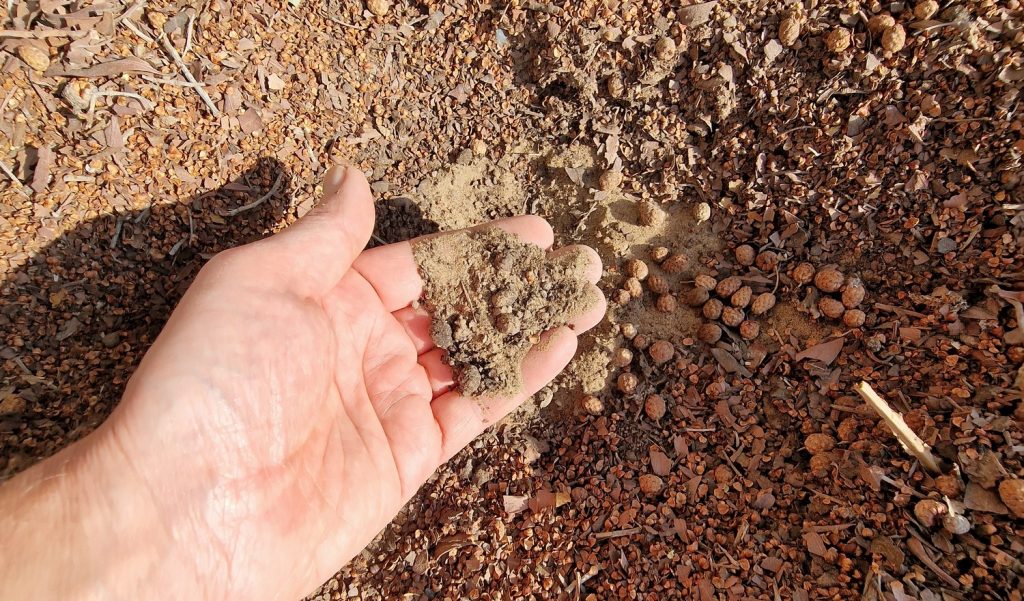
We need to bring soils back to health to sustain not just us, but all life. A healthy soil and ecosystem with good biomass regulates water supply via the small hydrological cycle and groundwater recharge. This in turn prevents drought and floods, which increasingly occur because we have removed biomass and topsoil from the equation as a health regulator. It’s like thinking that we don’t need our skin, when it’s the biggest organ we possess.
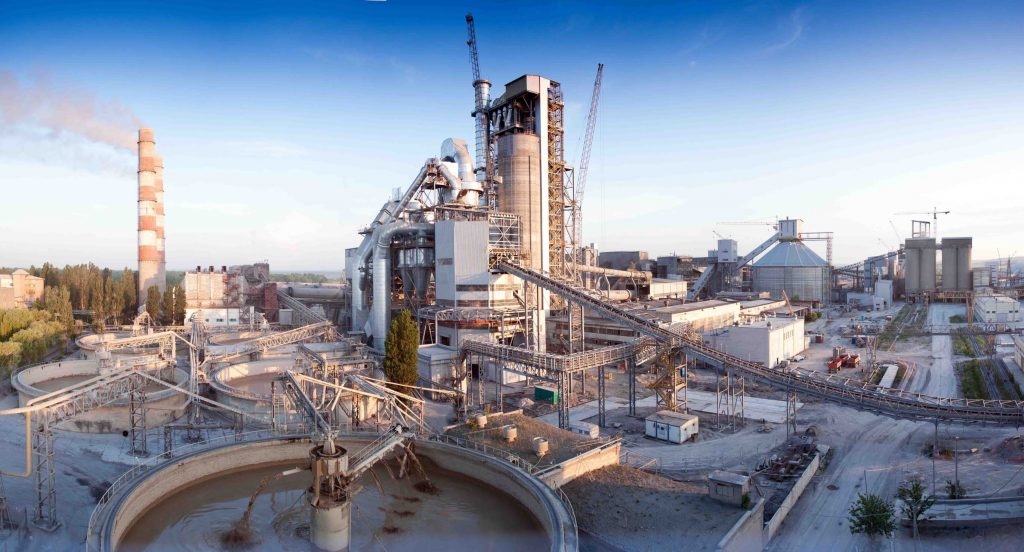
Responsibility for climate action is largely placed upon the individuals’ shoulders. We are told not to fly, to recycle our plastic and reduce our consumption. It might salve our personal conscience to do these things, and we should all reduce our consumption, but it makes little difference if governments and big business do not do the same. Today, governments subsidise fossil fuels to the tune of $11m per minute. Think about that. Ending these subsidies and transferring even half of them to renewables and the restoration of soils would do more at a stroke than all our individual actions.
You can’t see the benefit of not taking a flight (which will still happen, with or without you) and you don’t absolutely know that your plastic waste gets recycled, but you can see the benefit of enhancing the soil ecosystem in your garden. A garden is a small space, but there are a lot of them.
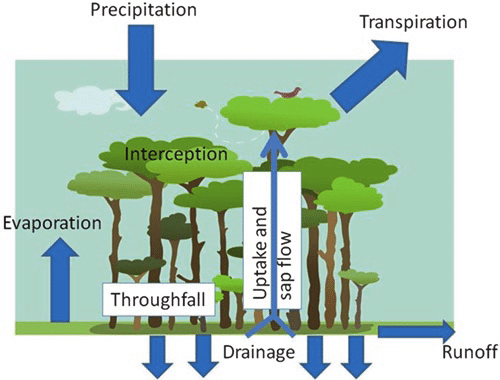
This work can also be done on a larger scale with our urban landscapes, parks and roadside plantings. Soil health is a natural partner to SUDS (sustainable urban drainage systems) as water infiltration and retention play a huge part in creating soil health and allowing absorption and aquifer recharge. Unfortunately, much of municipal SUDS still treats water as a disposal problem, where it needs to seen as a soil health and management solution; planting should be as important a design element as swales and retention basins.
Healthy land naturally holds and regulates water; we think that trees grow where it rains, but in a sense it rains where there are trees. This is due to evapotranspiration and natural cloud seeding from forest spores and pollen creating rain that falls directly on land again, rather than rain only coming from the sea. This small cycle is missing from most conventional hydrological thinking, and indeed (now) has disappeared in many regions of the world. There are links at the end of this post which give more info on this topic – it’s worth reading up on.
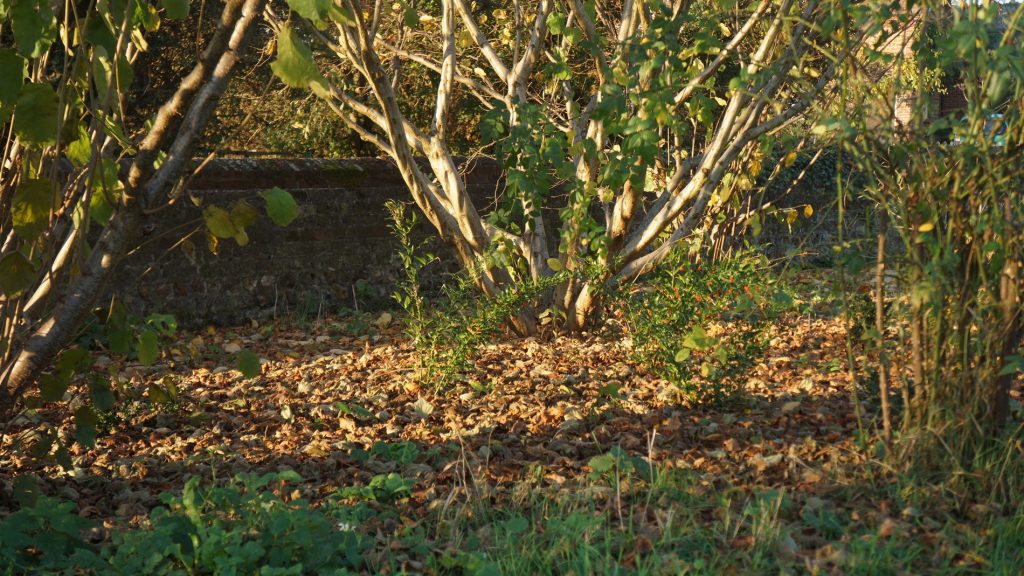
So how does healthy soil help with carbon? We all think of trees sequestering CO2 in their woody structure, and they do. But more is stored within soils and especially within mycorrhizal fungal networks. Therefore the healthier the soil, the more carbon is stored. This is one reason why here in the UK we shouldn’t be rushing to turn all our soils and plantings into gravel-substrate Mediterranean-style planting. The soils of that region have been severely degraded over the past few thousand years (following deforestation) and now can sequester little and support less.
Soils can be either bacterial or fungal dominated, depending upon the biome. Grassland, forbs, annuals etc tend to be bacterial whilst woody plants tend to have fungal dominated soils. Both are important and store carbon, perhaps the fungal soils, more so. In gardens, unless we are prairie gardening (which we can’t evolve a natural equivalent to in the UK due to mild winters and aggressive grass dominance) then we tend towards woody plants and this creates, I believe, the most suited ecosystems for our climate, which can give high resilience and will store the most carbon.
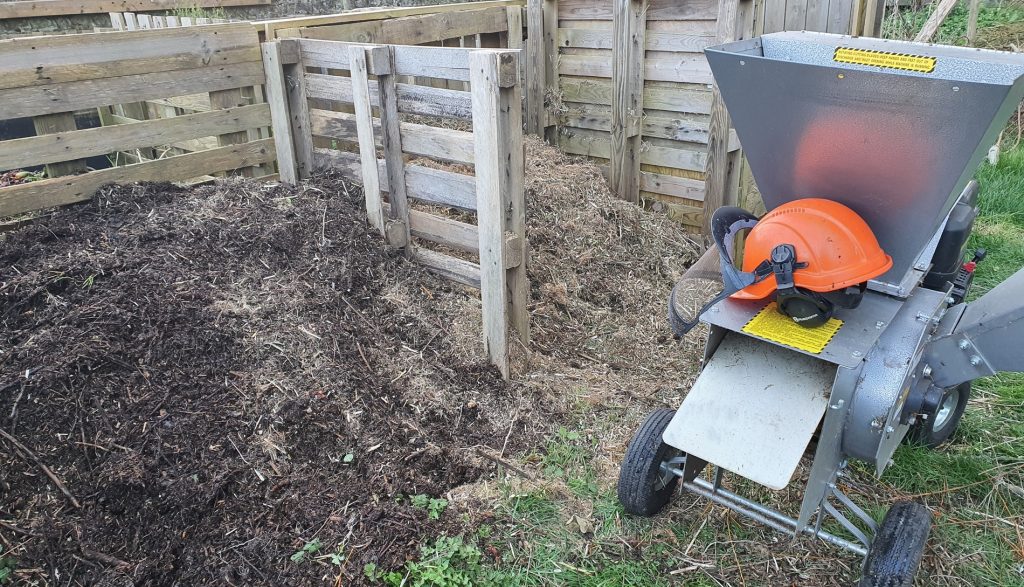
The single best way to improve soil health and carbon sequestration is through mulching with woodchip, preferably ramial chipped wood (less than 7cm diameter branches) as this has higher nitrogen and cambial content, which feed straight into the soil fertility. My previous post (link below or in menu) goes into the subject of creating coppice landscapes and using the arisings as mulch. This can be done on both a garden scale and a large landscape scale and is based upon traditional woodland management practices but with an ornamental, environmental and urban context.
We also need to make every garden and landscape a raingarden, not just a select few here and there. Every garden and commercial or municipal planting should be designed to hold and infiltrate rain; it’s not hard.
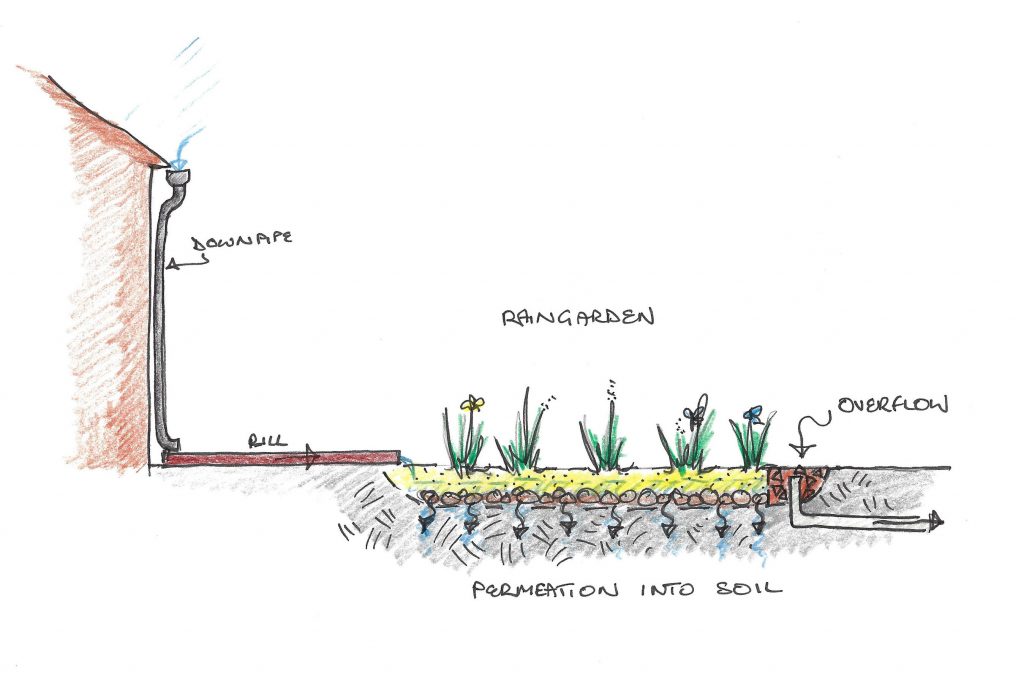
Soil is much neglected in our thinking; we think of plants, crops, vistas; we do not think much about what’s underground, nor how it sustains us and all we hold dear. It’s time to take both soil and water seriously:
Mulch+Soil+Water+Air =
Biomass+Microbials+Carbon =
Global health & Systems balance.
This is how we deal with carbon imbalance, by restoring soil-water system balance. We need to do this on a global scale,along with a large reduction in consumption and output. It is the same process we use on a local, micro-scale. So we can all do something positive by restoring our soils and helping others to do the same.
Two links to articles and reports on the subject of water and the role of the small water cycle:
Water for the Recovery of the Climate – a New Water Paradigm. – downloadable eBook: http://www.waterparadigm.org/indexen.php?web=./home/homeen.html

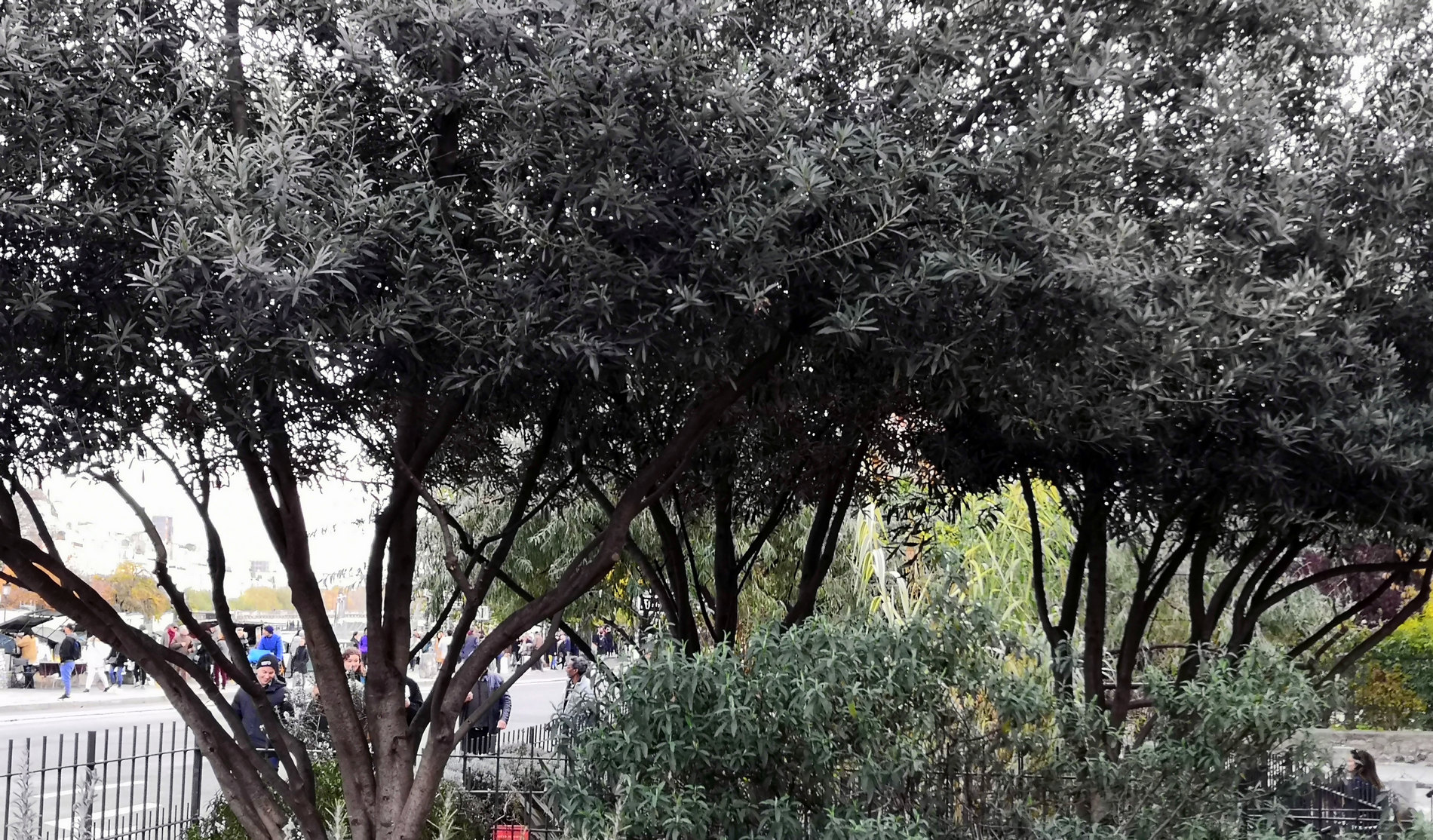
Thanks for this. I found it via a comment you’d posted on a LinkedIn post. I don’t pretend to understand everything, but it seems to make sense – we are too fixated on carbon, and whilst important, a lot of other things (consumption etc) hang off that and if we don’t address that, nothing will really change – we end up swapping one problem for another.